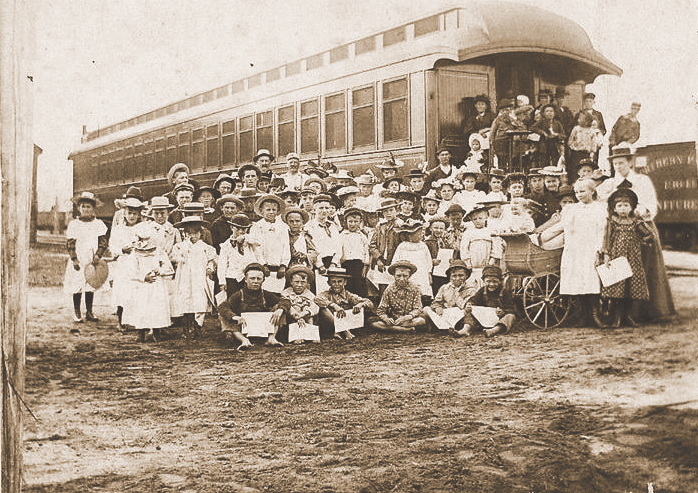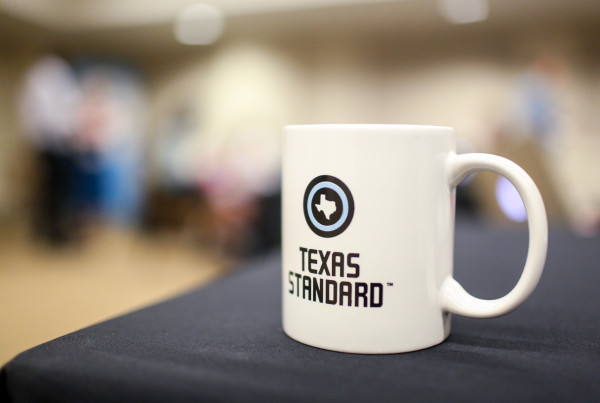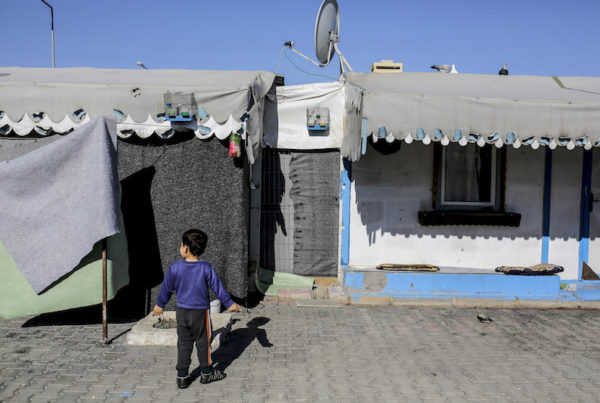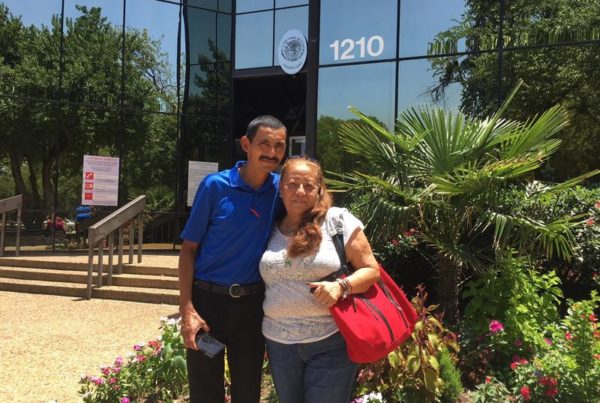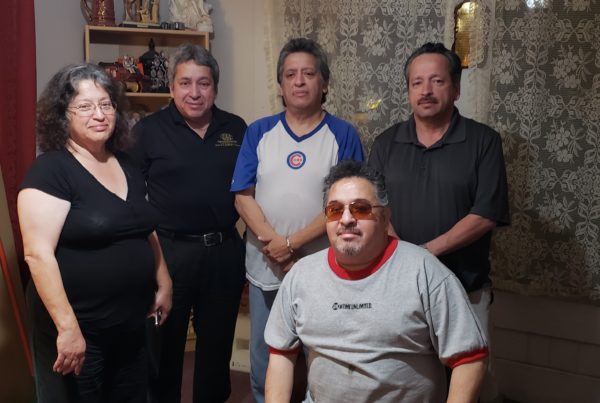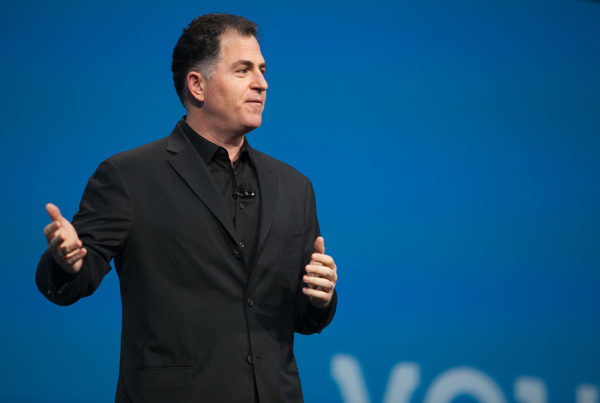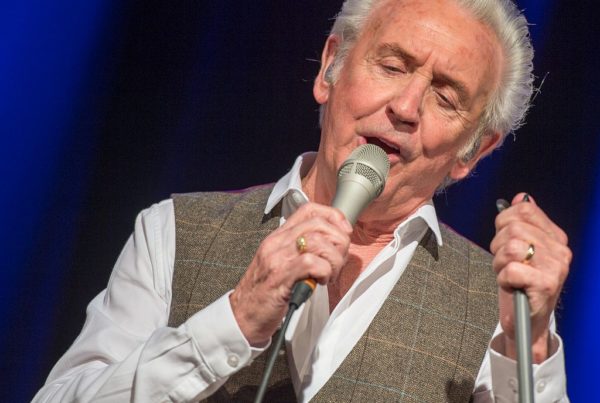In the late 1800s and early 1900s, New York City had a problem – tens of thousands of homeless children. Widespread poverty and disease lead to a city overrun with orphans and unwanted children. That is until a minister had an idea: send them west.
So began the “orphan train.” At the time it was called “the placing out system” and it utilized any passenger train going in any direction, that offered reduced fares for children. At stops along the way, farmers and shopkeepers would come to the station, inspect the children and decide if any would be a good match for their families – or businesses.
It’s a shocking story and one that’s remained largely untold. But Texans Alison Moore and Phil Lancaster have been doing their best over the past several years to change that. They live in the central Texas city of Wimberley but travel around the country presenting stories of the 250,000 orphans who rode on trains to find families.
Moore first heard of the trains from one of her creative writing students at The University of Arizona. Those two words – orphan train – enticed her so much as a writer that she “jumped the tenure track to ride the orphan train.”
When she met Lancaster, the two found that he lived five miles away from the Orphan Train Heritage Society of America. The two now travel as presenters of history, combining the stories of children into a multimedia, musically-enriched collaborative performance.
“Orphan trains is actually a misnomer,” Moore says. “About half of the children that rode these trains had one living parent. And many of these were children of immigrants who had left extended family in Ireland, Germany or Italy and so if one parent died, then the children would have nowhere to go and they would be put in orphanages.”
Thus, the trains evolved as an economic solution for the city of New York. Those who started the “place out program” felt that this was the best solution for children. It relied on the kindness of strangers at train stops as an alternative to raising children in institutions, or kicking them out into the streets.
The outcomes were a mixed bag. At orphan train reunions, riders of the portable foster care system recounted their experiences to one another. For some, being chosen from a crowd and taken into a family was the moment their life began. For others, the only purpose they served for their new “family” was labor, not even allowed to sleep in the house.
The last known orphan train survivor, Beatrice Flanagan Foztik, lives in Eagle Lake, Texas. She was 14 months old when she was adopted in Sealy almost 93 years ago.
An largely unknown element of the orphan train story was follow up. Agents from New York checked up on the adopted children annually. Though their own city remembered them, not many others in the United States have. The history of these childrens’ lives has been largely left out of books, as well as the stories they themselves pass along.
“When we had the opportunity over the years to meet these orphan train riders, one of their crying songs was that they don’t want to be forgotten,” Lancaster says. “Late in life they found this connection with this community and found out they were part of a huge part of American history that they themselves don’t know much about.”
Moore says many kept their own story a secret because of shame. But she and Lancaster hope to keep it alive through their traveling program, “Riders of the Orphan Train.”
Written by Sarah Yoakley.


